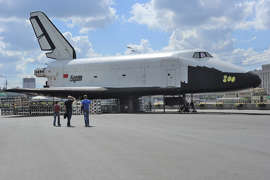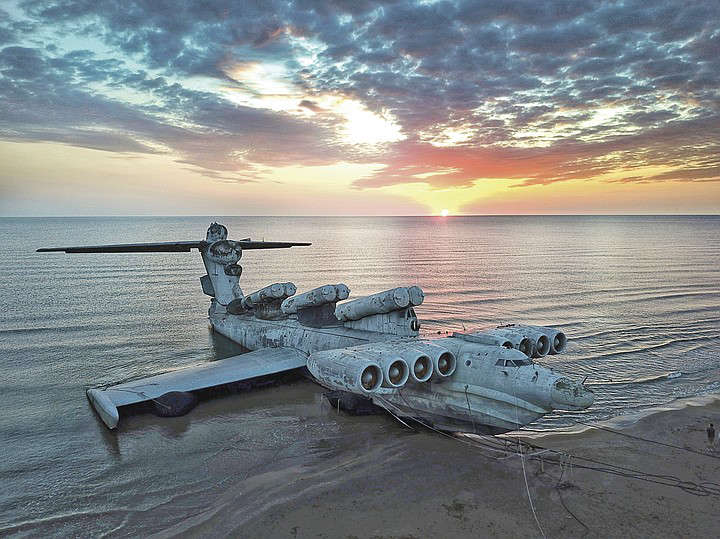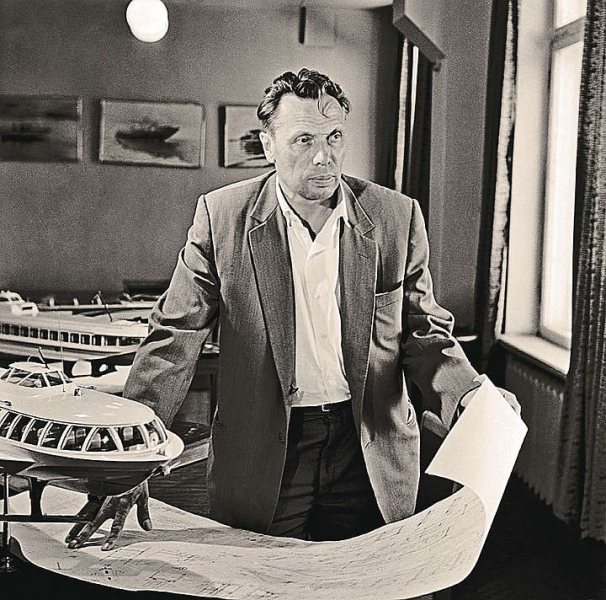
With the collapse of the USSR, a number of projects were abandoned, which at one time were considered breakthrough, but in the 90s turned out to be “economically inexpedient”. Now, at a new turn in history, interest is returning to the technologies on which Soviet engineers and scientists worked quite successfully. For example, they again started talking about the use of hydrogen as a fuel, environmentally friendly high-speed transport, etc. Yes, and reusable spacecraft instead of disposable ones are again on the agenda – Elon Musk is stepping on our heels. Have we missed our chance and time? Or was it not in vain?
CRYOGENIC FUEL
Hydrogen as an environmentally friendly fuel is a hot topic these days. In the USSR, in the 80s, an aircraft was already developed, where cryogenic – liquid hydrogen was used instead of traditional aviation fuel.
Scientific work on the design of the TU-155, capable of flying on cryogenic fuel, began in the 70s. At the same time, the Soviet Academy of Sciences developed a program for the introduction of hydrogen energy into the national economy (yes, this is not the current Russian government, which hopes to switch from oil export to hydrogen export in the future, was the first to come up with it).
The project was not easy – liquid hydrogen is explosive, it can be stored and transported only at very low temperatures (this is why the program was called “Cold” in the aviation industry). But in April 1988, the Tu-155 successfully made its first flight on liquid hydrogen. The engine developed for this aircraft in Samara had no world analogues at that time.

In total, the Tu-155 made about 70 flights: five – on liquid hydrogen, the rest – on liquefied natural gas. No engine failures were recorded. But the project never reached the stage of serial implementation – other times have come.
Until the mid-90s, there were several more projects in the development of the cryogenic theme, but all of them were stuck at the stage of development and testing.
MAGNETIC LEVITATION
Everyone has heard about the Hyperloop project from Elon Musk – a vacuum train on air or magnetic cushions. And in the USSR, in 1986, a carriage, moving using the principle of magnetic levitation (maglev), was already safely traveling on an experimental monorail in Ramenskoye, gathering specialists from all over the world to spectators.
In general, the first experiments with capsule cars, which moved on an electromagnetic suspension, were successfully carried out in Russia back in 1911-1913 by Boris Weinberg, a professor at the Tomsk Institute of Technology. The experiments were curtailed due to the First World War.

Already in the USSR, after about half a century, these ideas were remembered again. The matter even came to the construction project in Alma-Ata of the first Maglev highway – it was supposed to connect the city center with new microdistricts on the outskirts. For this road, since 1979, experiments have been carried out in Ramenskoye. By the mid-80s, a completely modern type of magnetoplane car for 18 people was created. But the project in Alma-Ata had by that time been curtailed (they began to build a metro). And it was decided to create the first magnetic levitation road in Armenia. But again it did not work out. The famous catastrophic earthquake of 1988 happened – and there was no time for the Maglev in Armenia.

The state scientific and technical program for 1991-2005 for the development of high-speed environmentally friendly transport also included the development of vehicles with magnetic suspension. There was even a project for a high-speed maglev from Moscow to Sheremetyevo (at a speed of 250 km / h). By 1993, funding for these works was curtailed.
HYBRID OF AIRCRAFT WITH A SHIP
An ekranoplane is not a hydrofoil or quite an airplane. Although it looks like something in between, only larger and heavier. It flies at low altitudes (usually up to 5 meters) above the surface of water, ice or very flat areas of land, and can land like an amphibious aircraft. Gliding so low and maintaining stability for heavy vehicles – some Soviet ekranoplanes weighed more than 500 tons – allows the effect of the screen: at low altitude, air flows between the wing and the surface seem to be reflected from the ground and increase the lift of the wing, something like an air cushion is formed.
This effect has been known since the 1920s. And in the USSR, on its basis, from the 60s to the 80s, unique devices were created, the development of which is associated with the name of Rostislav Alekseev, the “father” of hydrofoils – “Rocket”, “Meteora”, etc. Genius- the developer decided to go further – to make the ships fly in the literal sense of the word.
The first experimental Soviet ekranoplan KM appeared in the 60s, its tests were carried out since 1966. Abroad, an incomprehensible huge aircraft-ship (wingspan of almost 38 meters, length 92 meters, take-off weight of 544 tons, speed of movement – 500 km / h) was terribly nicknamed “The Caspian Monster” (the experiments took place on the Caspian Sea). The next model – “Eaglet” – was adopted by the Navy for the transfer of amphibious assault. The advantages of the ekranoplan are a large carrying capacity, invisibility for radars (it flies too low) and at the same time a speed that is not comparable to that that the fastest ships can develop.
In memory of that era, “Lun”, a rocket ekranoplan, created in the last Soviet years, remained. At that time, an apparatus with a takeoff weight of 380 tons, capable of sliding 2.5-3 meters above the water at a speed of up to 500 km / h, was considered a completely unique development. But when it was time to get down to business from the tests of the “Lunya”, the 90s came … Fortunately, the last ekranoplan was saved. In 2020, he was transported to the Patriot Park in Derbent, where the plane-ship immediately became one of the main attractions.
Reusable space shuttle
Even children know about this project. It has been implemented. Our Soviet shuttle, the reusable spacecraft Buran, flew into space and landed safely.
The flight was fully automatic. This is considered a plus of the Buran – our version of the shuttle, unlike the American one, made it possible not to risk the lives of the crew. The onboard system itself chose an unexpected landing trajectory, adjusted for strong winds. It was a success.
The first flight was also the last. The most expensive project of the late USSR, which many consider the pinnacle of Soviet technical thought, turned out to be unnecessary in the end. “Buran” flew in 1988, and soon “to catch up and overtake America”, and the arms race ceased to be relevant. And from a purely practical point of view, our reusable ship turned out to be too expensive to operate: it was cheaper to continue to launch disposable Soyuz.
But now “Dragons” from the company of Elon Musk are already flying into space, and the domestic reusable spacecraft of the new generation (“Eagle”, the former name “Federation”) is still being developed.
EXPERT OPINION
Which of this legacy can we use now?
Roman Tishkin, General Director of the Special Technique Design Bureau
– Based on my own experience – more than 10 years of work in the rocket-space and defense industry – I can say that you can use the old groundwork only at the level of ideas. The software is different now, the electronics need to be changed, the schematic diagrams of the operation of various components and assemblies must be changed. In addition, as one wise man – from “that”, Soviet time, said – “heads decide, not codes,” and most of the developers of the amazing (I'm not afraid of this word) systems you mentioned have already left us. But the achievements of production and science of the late USSR can serve as guidelines, means of inspiration. And the source of a lot of engineering ideas.

